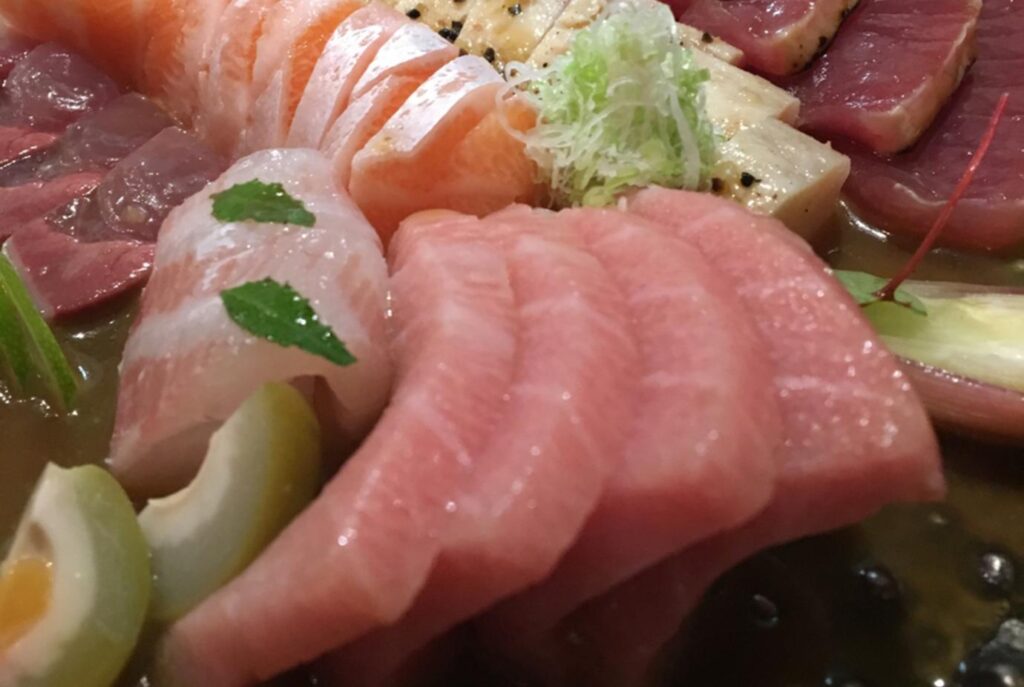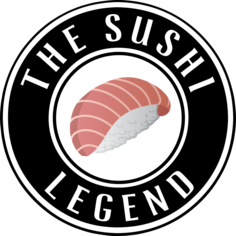2017 was a year of unprecedented growth for our (yes, our) favorite cuisine. Omakase focused restaurants continued to open across North America at an unprecedented clip. And the continued rise of social media, a medium that is as beneficial to sushi life as any other, helped publicize those openings as quickly as ever.
My travels this past year took me from Vancouver to Montreal to Montenegro, but with every step, I found a way to satisfy my insane addiction. I’ve collected some of my personal favourites below (sorry Kazu Nori, maybe next year. Then again, maybe not). Thanks for joining me alongside this ridiculous hobby, and here’s to even more exciting adventures in 2018. I’ve got some great things planned, but email info@thesushilegend.com with suggestions as always.
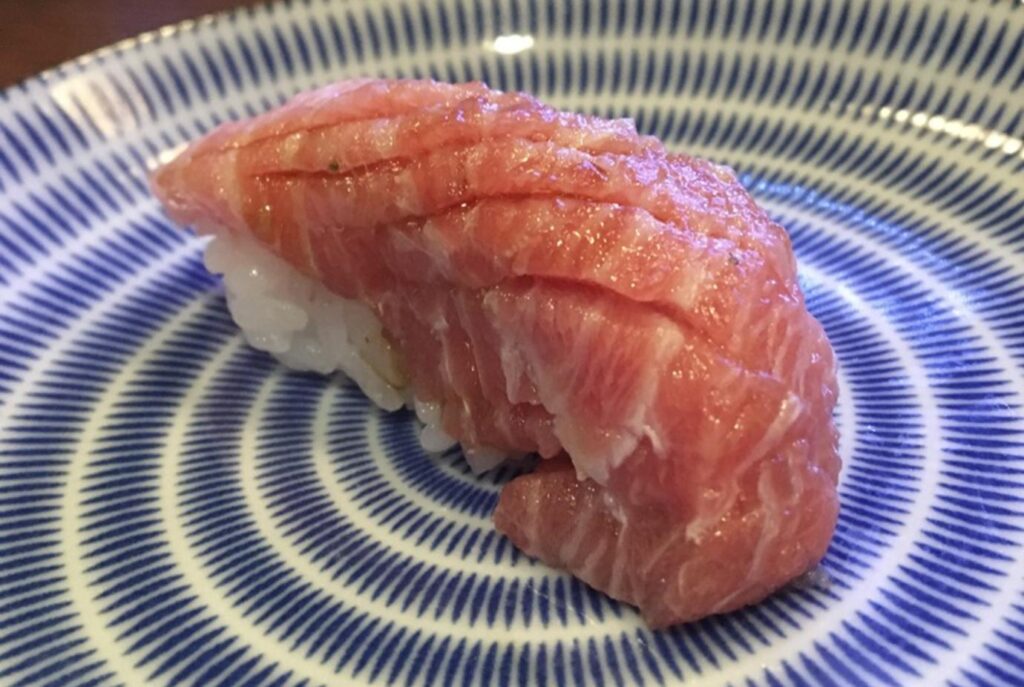
I was desperate for a good sushi experience. Enter: Tetsu Sushi Bar, recommended by Yelp, newly opened in April 2017 by Chef Satoshi Makise. Tetsu is a true hybrid of of the neighborhood, family joint and the luxe, omakase-focused sushiya. And that’s by design. Vancouver’s proximity to the ocean belies a city that (anecdotally) has less genuine, high-end sushiya than American west-coast cities. In that respect, Tetsu is a bridge for a population that loves its food, but may not yet be used to spending higher prices on sushi.
The result is a high-end omakase, managed by a wunderkid itamae, that is accessible to budgets of all predilections. I’ve been known to toss around hyperbole, but Tetsu Sushi Bar is delightful and deserves all the accolades that it’s going to get.
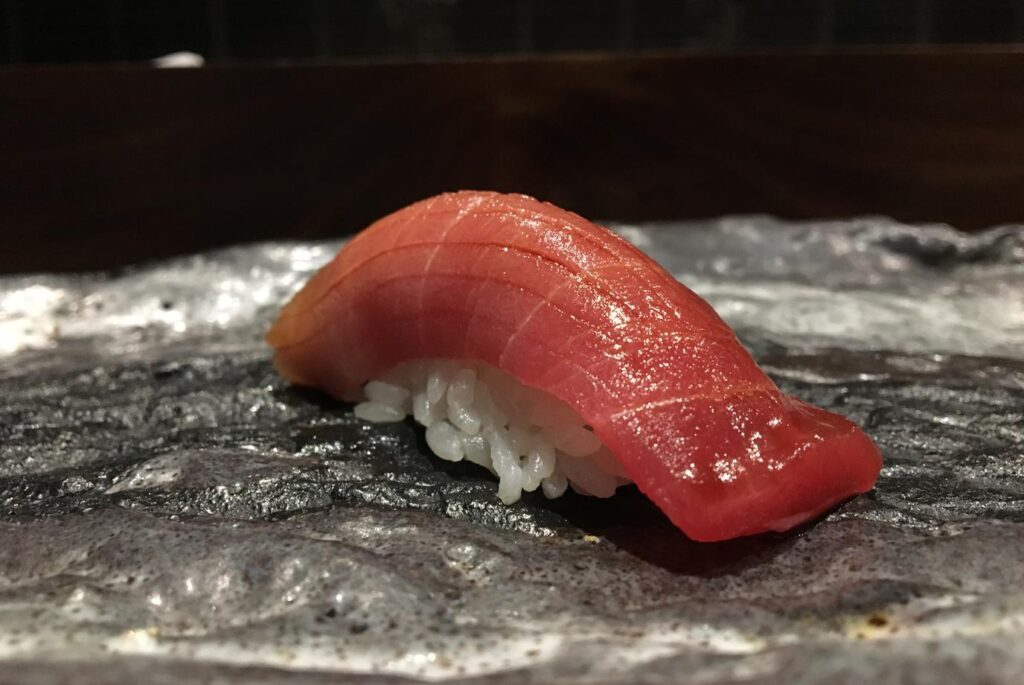
Kosaka is the brainchild of Chef Yoshi Kousaka, ex of Jewel Bako, a restaurant in the east village of NYC that I absolutely loved. Chef Yoshi presides over the entire meal himself, and – not shockingly – creates an omakase worthy of an artist. That’s because the entire experience of eating at Kosaka feels like eating in an artist exhibition. Don’t believe me? Check out this feature I did on Kousaka-san in 2017:
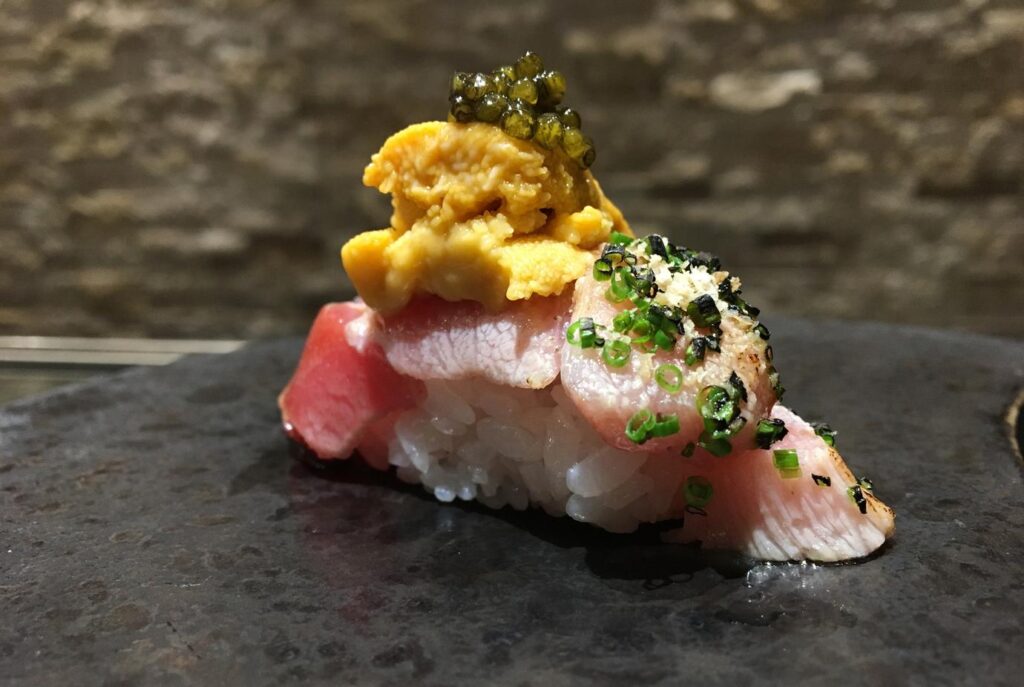
Mark Garcia, who debuted his modern Omakase at Gaijin in Queens last October, certainly feels the pressure of more traditional sushi concepts. However, if you spend time eating at his sushi bar – as I’m about to recommend that you do – what you’ll feel is his passion. Mark’s background is atypical for Itamae at omakase-focused sushiya in New York City. Mark trained at various restaurants, including Sushi Samba in Chicago, before opening Gaijin with his partner Jay Zheng, the kitchen chef. Mark has not trained in Japan, and he certainly colours outside the lines. If you’re the type of person who might gasp at Hamachi nigiri with a light banana pepper touch, brace yourself, because that’s exactly what you’re going to get.
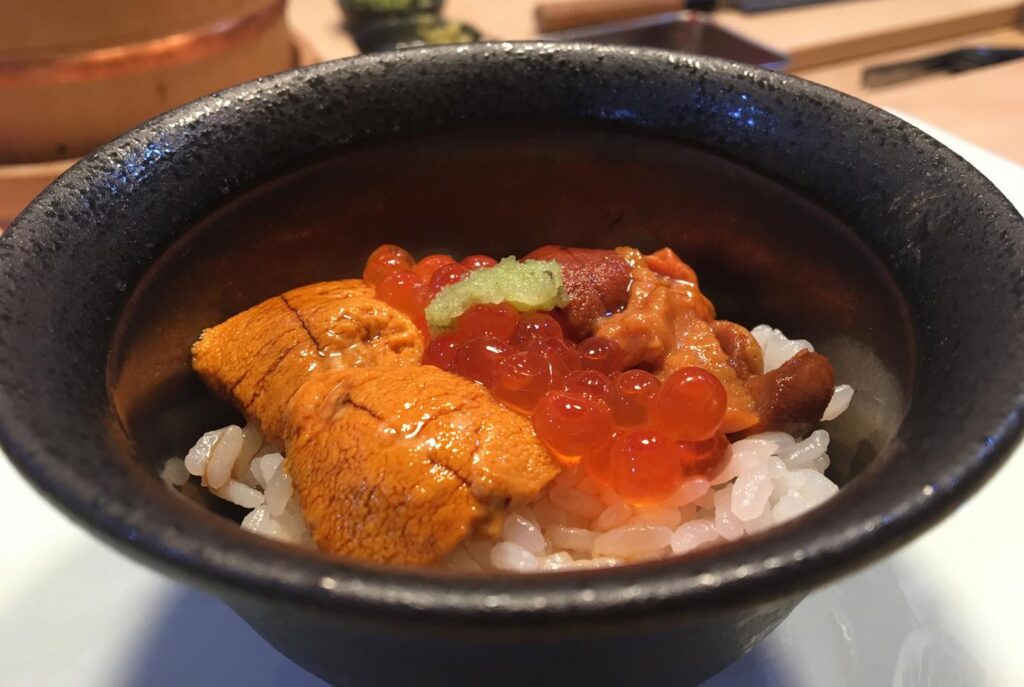
“Passion” is an important word, because – like good sushi – it’s tough to fake. If you happen to be a chef going through the motions at a place like Sushi of Gari, you’re not going to fool a discerning customer. But if you’re passionate about your food, despite the insane work days, the prohibitive cost and the fickle nature of human beings, that should shine through. And at Ato, it does. The menu takes Japanese dishes, and to unfortunately quote the most overused word in food lexicon, elevates them by combining the French methods and inspired sauces William is so passionate about. Like any good entertainment vehicle, there is a second act. Nigiri, perfectly formed through meticulous handling by William behind the bar. That sushi bar has four seats, with sushi prep and an open kitchen in front, and a half dozen tables lined against the windows and wall behind. It’s worth noting, that at 700 square feet, Ato will make you feel like you’re in a 4D ride at Disney World.
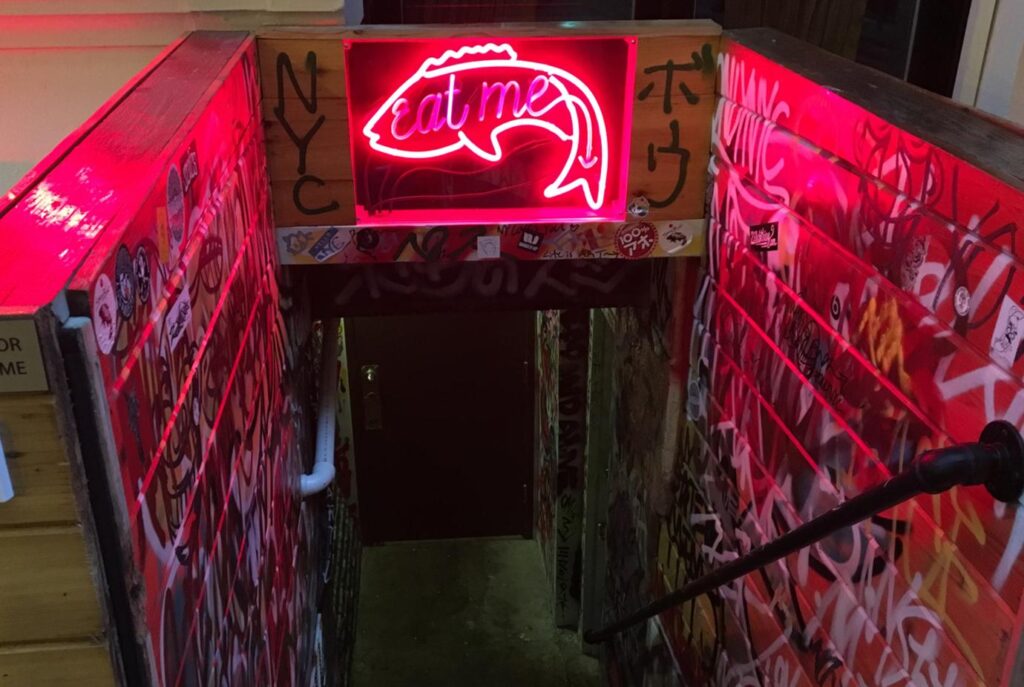
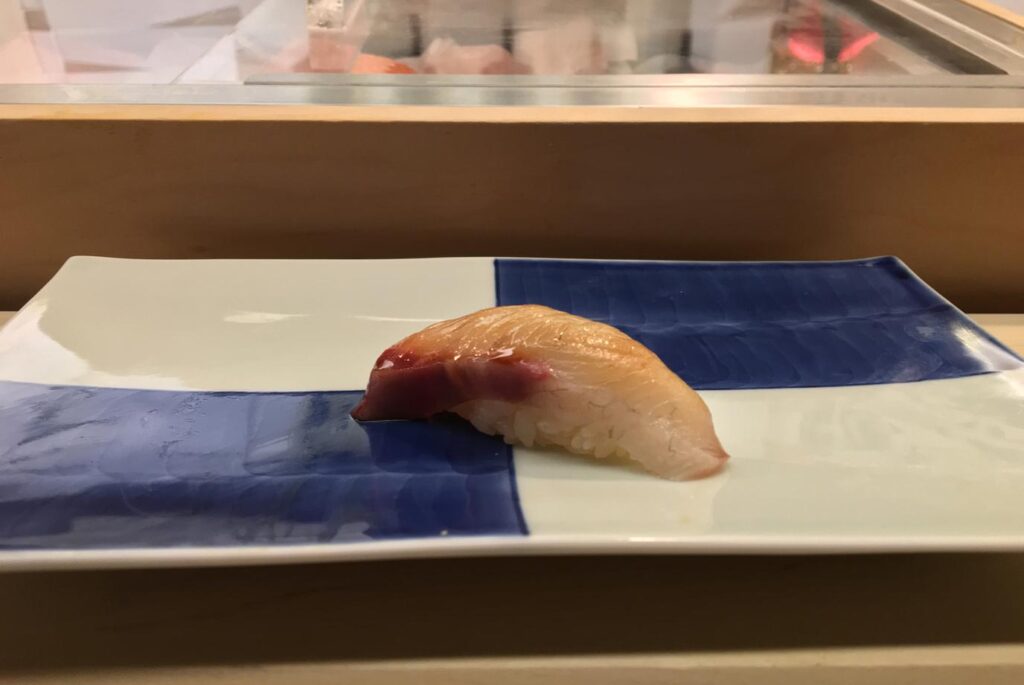
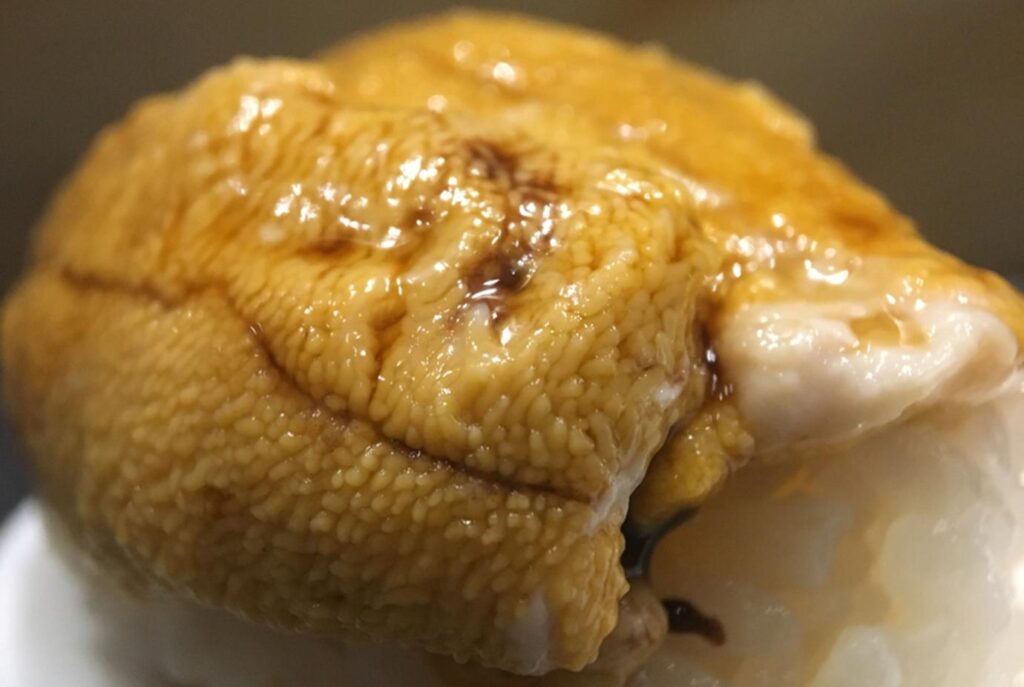
Unquestionably, when Chef Park himself is behind the counter (and in the kitchen), the restaurant hums. When I consider what makes a successful sushi restaurant (to my amateur eyes), having a chef (or itamae) who is as involved as Park is in his restaurant is key. It doesn’t hurt that Park’s waza – his technique, his training, his expertise – is impressive. Sakanaya became an izakaya in 2017.
